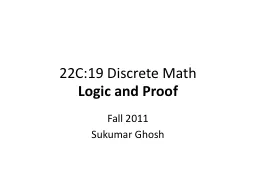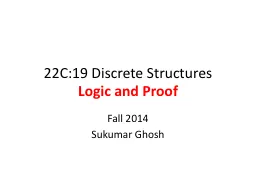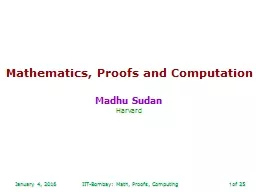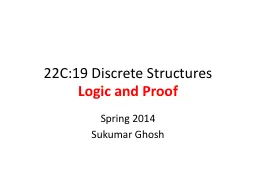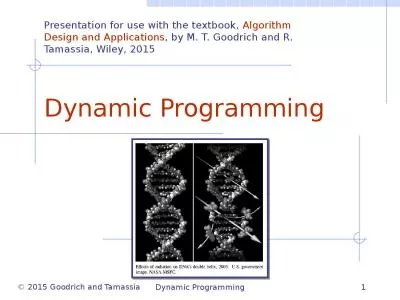PPT-Dynamic Proofs of Retrievability
Author : cheryl-pisano | Published Date : 2018-10-21
via Oblivious RAM David Cash Rutgers University Daniel Wichs Northeastern University Alptekin Kupcu Koc University 2 Outsourced Data Storage Lots of data music
Presentation Embed Code
Download Presentation
Download Presentation The PPT/PDF document "Dynamic Proofs of Retrievability" is the property of its rightful owner. Permission is granted to download and print the materials on this website for personal, non-commercial use only, and to display it on your personal computer provided you do not modify the materials and that you retain all copyright notices contained in the materials. By downloading content from our website, you accept the terms of this agreement.
Dynamic Proofs of Retrievability: Transcript
Download Rules Of Document
"Dynamic Proofs of Retrievability"The content belongs to its owner. You may download and print it for personal use, without modification, and keep all copyright notices. By downloading, you agree to these terms.
Related Documents


